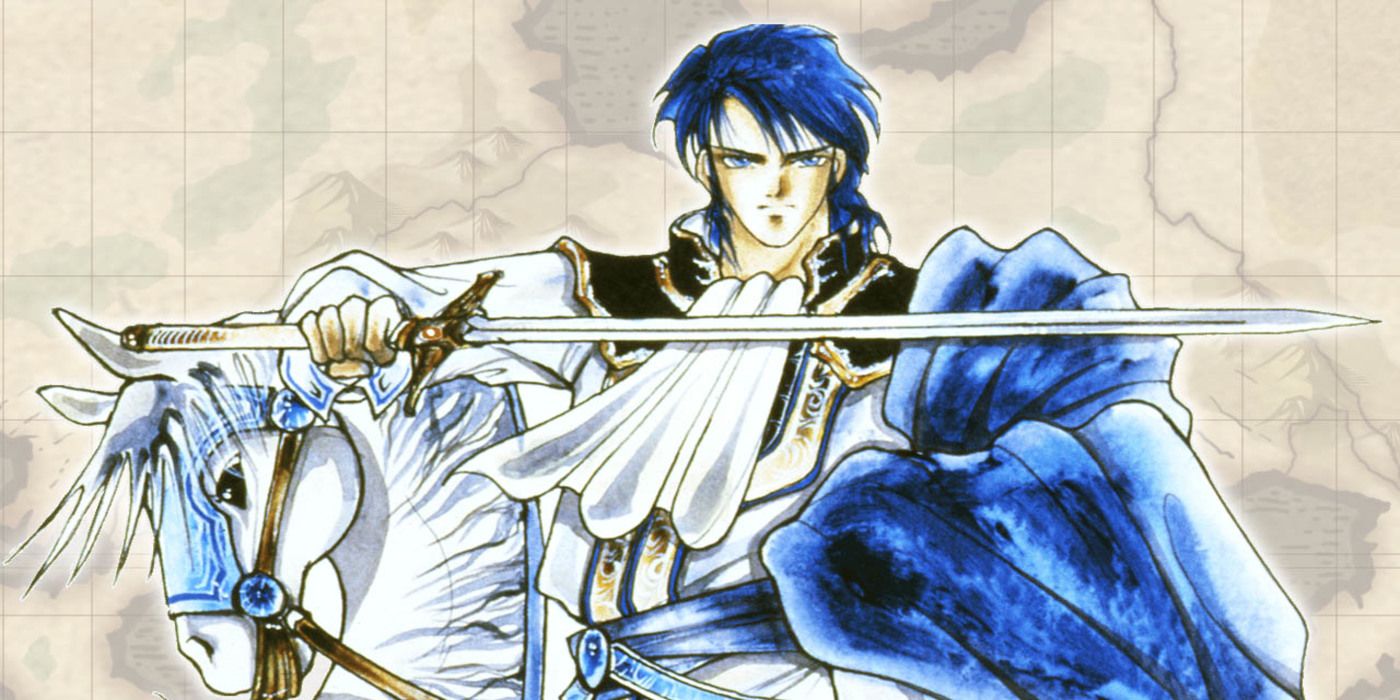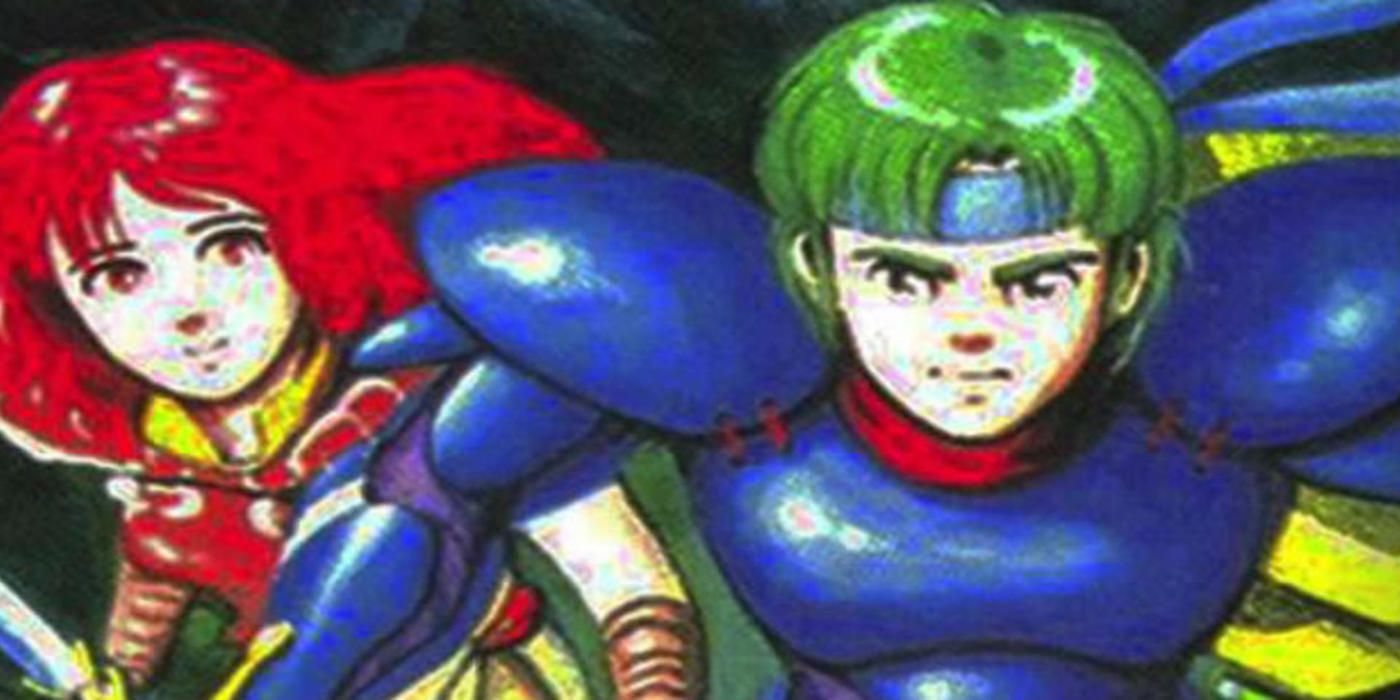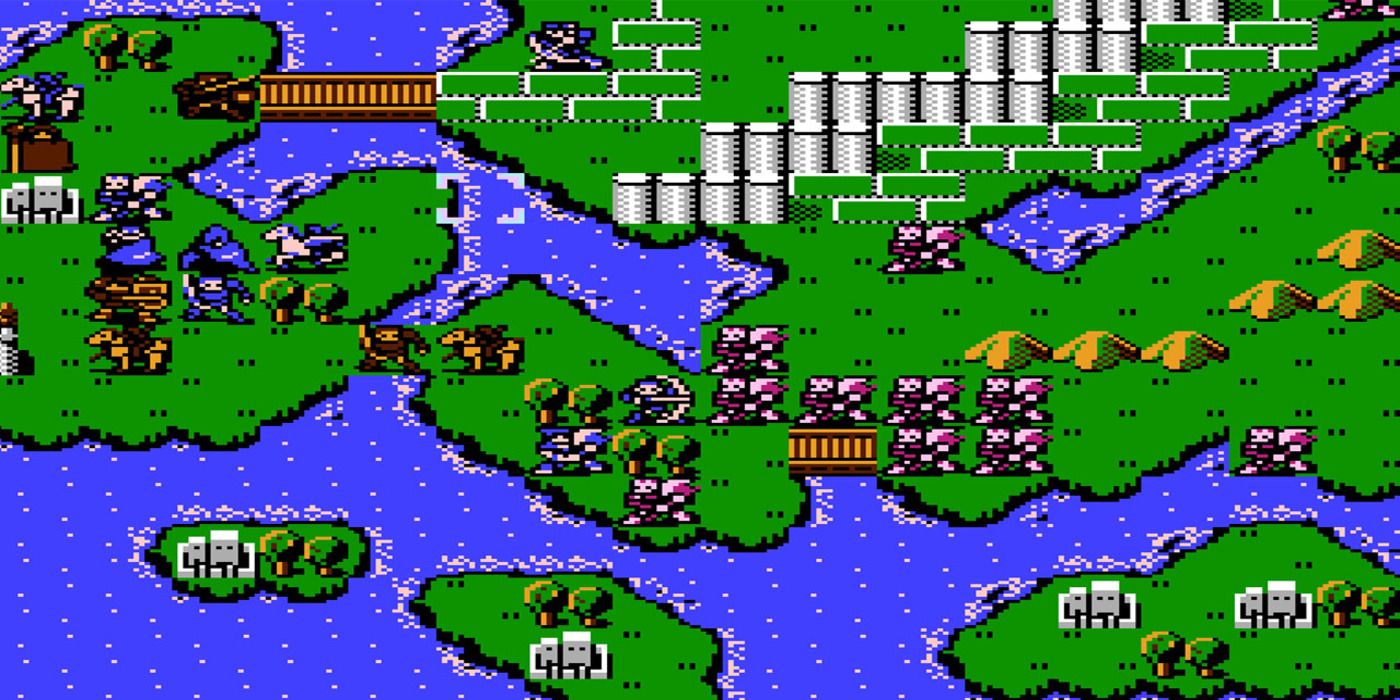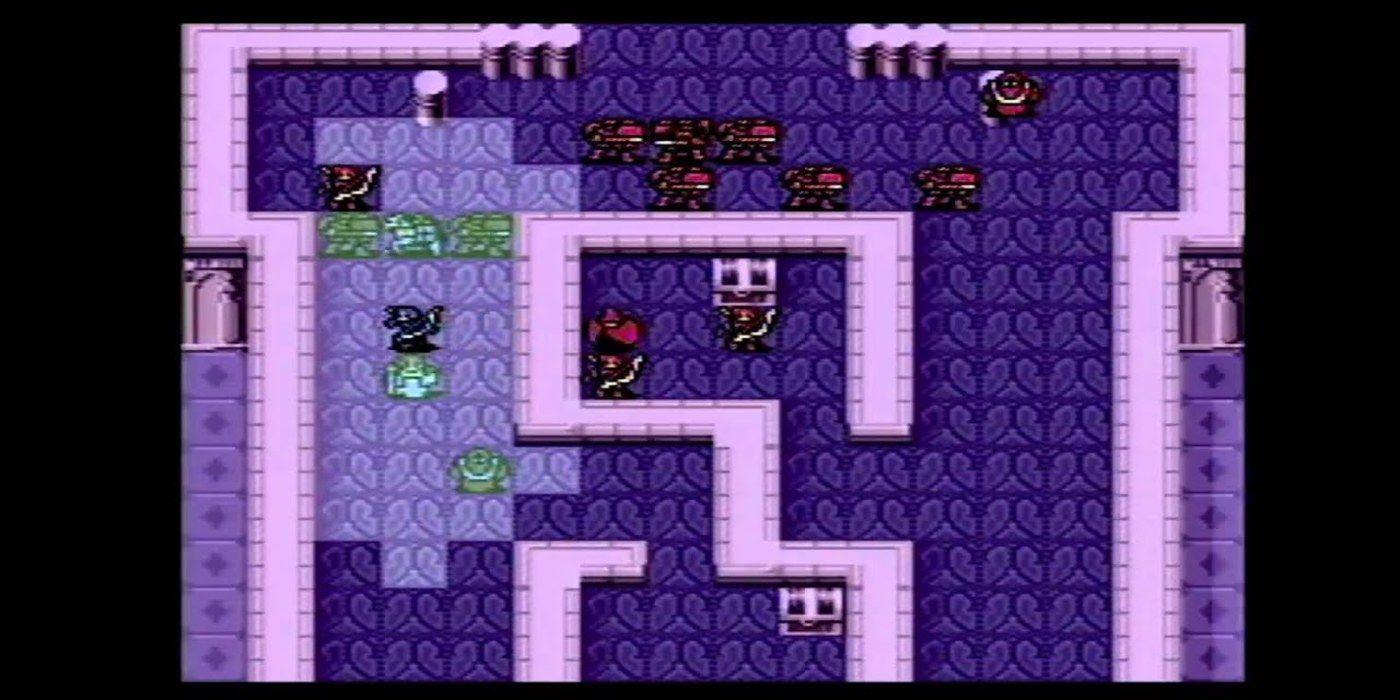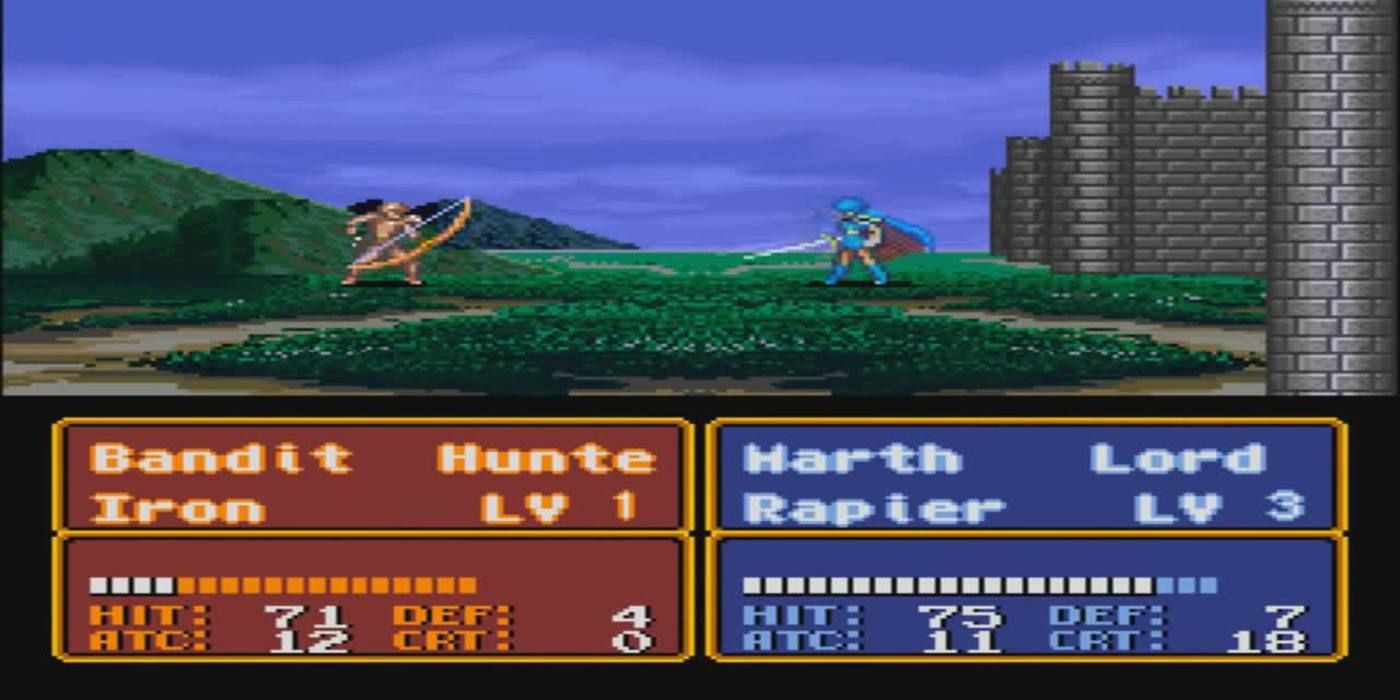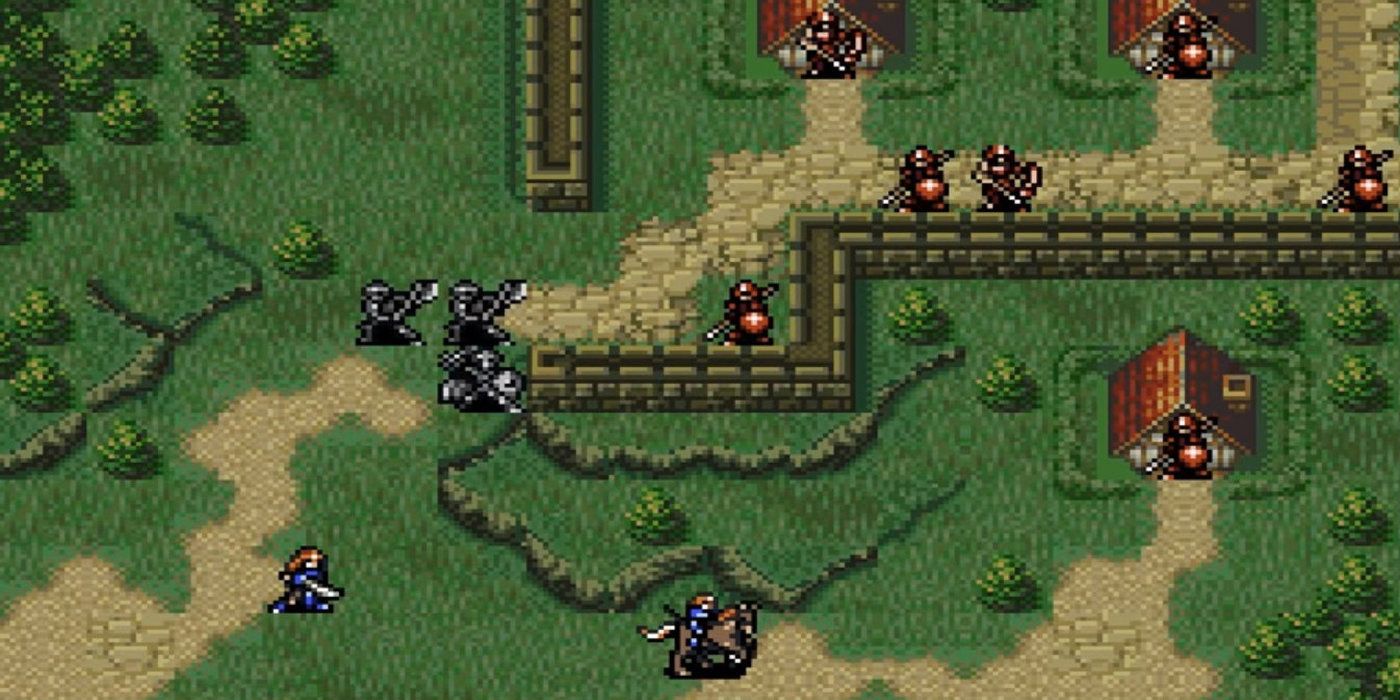Fire Emblem is one of Nintendo’s longest running franchises, but it’s unlikely many casual fans know that. Across the Famicom and Super Famicom, Nintendo kept Fire Emblem landlocked in Japan. It wasn’t until the series gained some international attention via Marth and Roy’s inclusion in Super Smash Bros. Melee that Nintendo realized the West might have some interest in the series.
Flash forward to 2020 and Fire Emblem is the healthiest it’s ever been. For how much the series is flourishing, however, it’s hard to ignore the fact that the first five major entries in the series are more or less ignored. Even when they’re acknowledged, you’ll be hard pressed to find many fans who’ve actually played the Super Famicom games, let alone the original Famicom ones.
6 Gaiden
Nintendo’s early days often saw sequels experimenting quite a bit in comparison to their predecessors. Zelda II: The Adventure of Link was more action oriented, Super Mario Bros. 2 in the west focused on verticality instead of horizontal platforming, and Fire Emblem Gaiden was more of a traditional JRPG than it was a strategy RPG.
With an overworld, grinding, and dungeons (if you can even call them that,) Fire Emblem Gaiden seems almost ashamed to be a Fire Emblem game. It strips way so much of the identity established in the first entry to the point of feeling antithetical. Thankfully, Gaiden has an excellent remake in Shadows of Valentia for the 3DS. It still doesn’t quite scratch that strategy RPG itch, but it’s a considerably better game overall.
To Gaiden’s credit, what it does contribute to Fire Emblem is by no means thoughtless and there’s value in a sequel being antithetical. Gaiden’s problems are more on a foundational level. It just isn’t a very well designed game. At least not in its original Famicom incarnation.
5 Shadow Dragon And The Blade Of Light
There’s this idea within modern gaming discourse that older games are lesser, more primitive. While there’s something to be said about the “primitive” game design employed by developers in the late 80s and early 90s, good game design is good forever– it does not age. So what’s to be said about the original Fire Emblem?
It’s honestly a mixed bag. In terms of map design, Shadow Dragon and the Blade of Light is genuinely quite good. Its remake, Shadow Dragon on the Nintendo DS, brings the game’s best qualities to late, but it’s honestly hard to see them in the original Famicom release, if only because of the game’s lackluster presentation.
Shadow Dragon and the Blade of Light does not look good, even by early Famicom standards. The presentation is fairly sloppy on a whole. That said, the music is great and the story, while light, is interesting enough. Plus, this is the game that started it all. That in itself is worth some points.
4 BS Fire Emblem
Developed for the Super Famicom’s Satellaview add-on, BS Fire Emblem is a series of four maps making use of Mystery of the Emblem’s core design. There’s no real chronology between maps, and they all take place at different times with different casts. It makes for a fun strategy challenge, one that relies less on the series’ inherent RPG elements.
Worth noting, the original broadcasts for the games actually featured voice acting. The only way to comfortably play BS Fire Emblem these days is to play the DS remake of Mystery of the Emblem. BS Fire Emblem isn’t like other entries on this list, but it does deserve attention. It’s an often overlooked part of the series and genuinely has some great level design. It’s short and in no way an alternative to a full Fire Emblem game, but it’s still a very interesting side-game.
3 Mystery Of The Emblem
Half a remake of the first game and half a sequel, Mystery of the Emblem is one of the best Super Famicom games out there as far as sheer value goes. It’s basically two full games in one, and while Book 1 (the first game’s remake) is condensed, it’s done appropriately and not exactly in detriment of the overall game.
It’s really Book 2 where Mystery of the Emblem shines. This new scenario takes place after the first game and deals with the fallout of changing politics. The story is far stronger than that of the previous two games and the overall tone is far more mature. There’s a reason Marth is such a popular character in Japan, and it’s in large part due to Mystery of the Emblem.
Worth noting, Mystery of the Emblem had a remake for the DS that isn’t necessarily better. Its quality of life features are certainly nice, but the addition of an avatar really ruins what is otherwise one of Fire Emblem’s better stories. Still, excellent map design makes it worth playing.
2 Thracia 776
Although only just recently translated (and superbly at that,) Thracia 776 has always had something of a reputation within the Fire Emblem fanbase. Widely considered to be the single hardest entry in the franchise, Thracia 776 is a difficult, obtuse game that very few fans have played. Those that have tend to like it, but that really only applies to those that bother finishing it.
Thracia 776 is almost too demanding for its own good, requiring a master strategist at the helm. Or at least someone with a lot of patience. Really, though, Thracia 776 is an incredible game. It has a fantastic story, some of the very best maps in the series, and a soundtrack that’s both epic and somber.
Beyond the difficulty, Thracia 776 is just plenty of fun. It’ll make you pull your hair out, but always in ways that makes sense and force you to engage with the game’s concepts in a meaningful way. It’s totally inaccessible as a video game, but that’s not always a bad thing.
1 Genealogy Of The Holy War
The fourth game in the series, Genealogy of the Holy War is almost ambitious to a fault. It has the longest and largest maps in the series, an incredibly complex plot with a very rich history, and gameplay mechanics that are just as convoluted as they are unexplained. At the same time, Genealogy is one of the most immersive and beautiful games on the Super Famicom.
Beyond just being a great strategy RPG, Genealogy of the Holy War is a great game. Its story is the most mature the series has seen, and stands out as one of the best written games in the entire medium. While some might find the longer maps tedious, they make the game undeniably more immersive.
To say nothing of how the longer maps really contribute to the overall feeling and exhaustion of war. No other entry in the series captures the nuances of war half as well as Genealogy. Anyone who loves video games, loves Fire Emblem, and loves strategy owes it to themselves to play this game.

